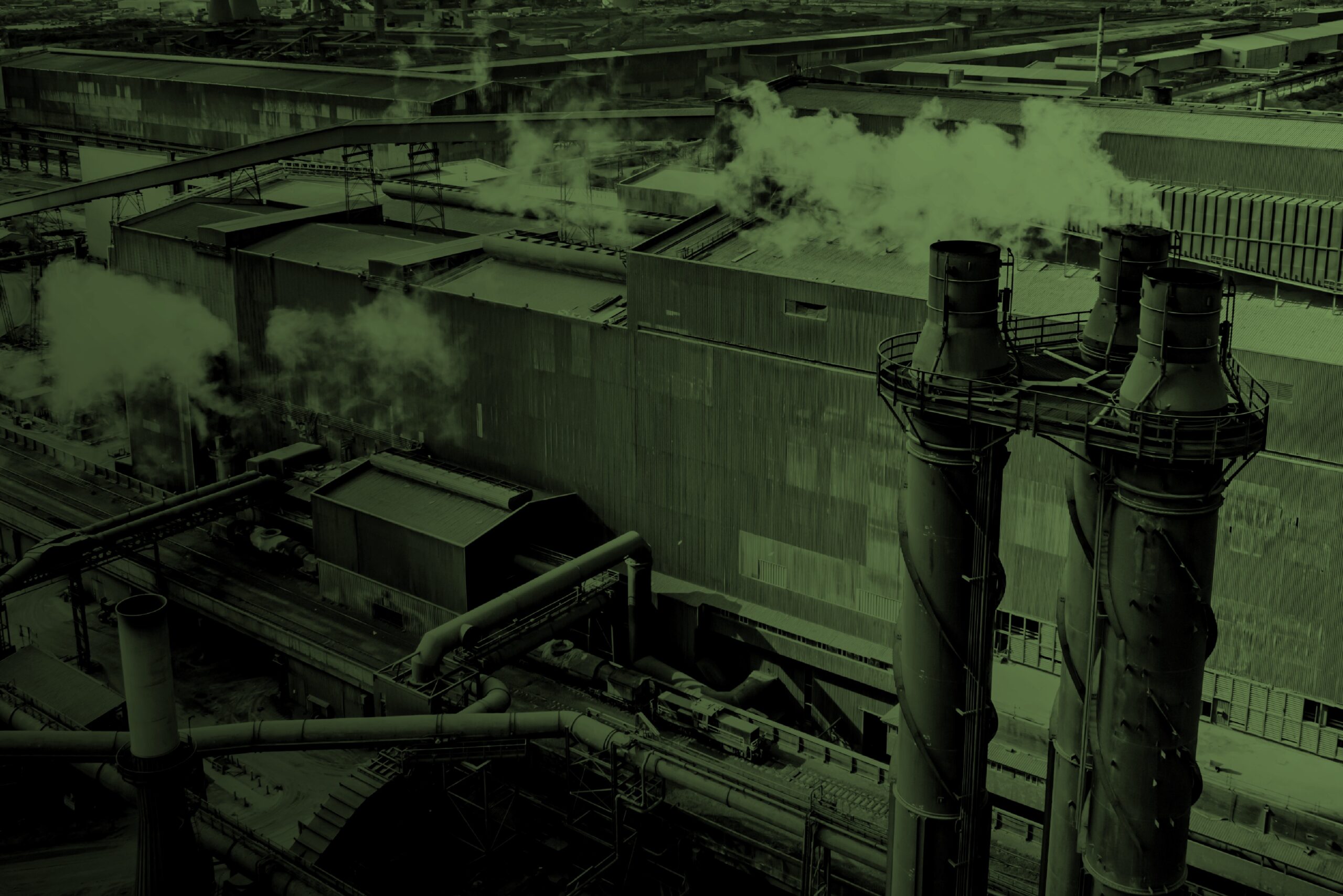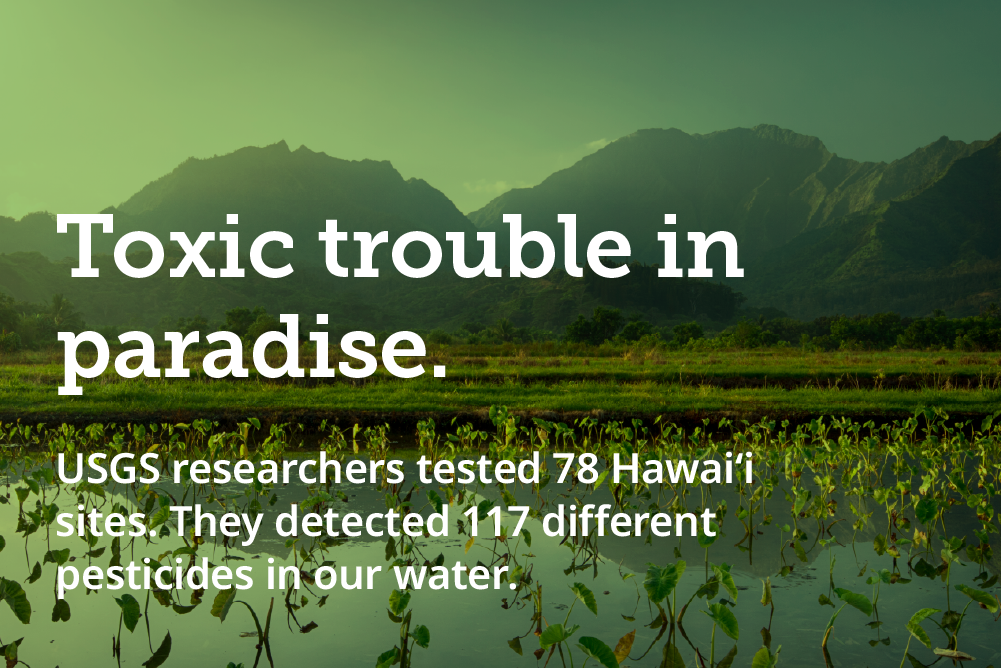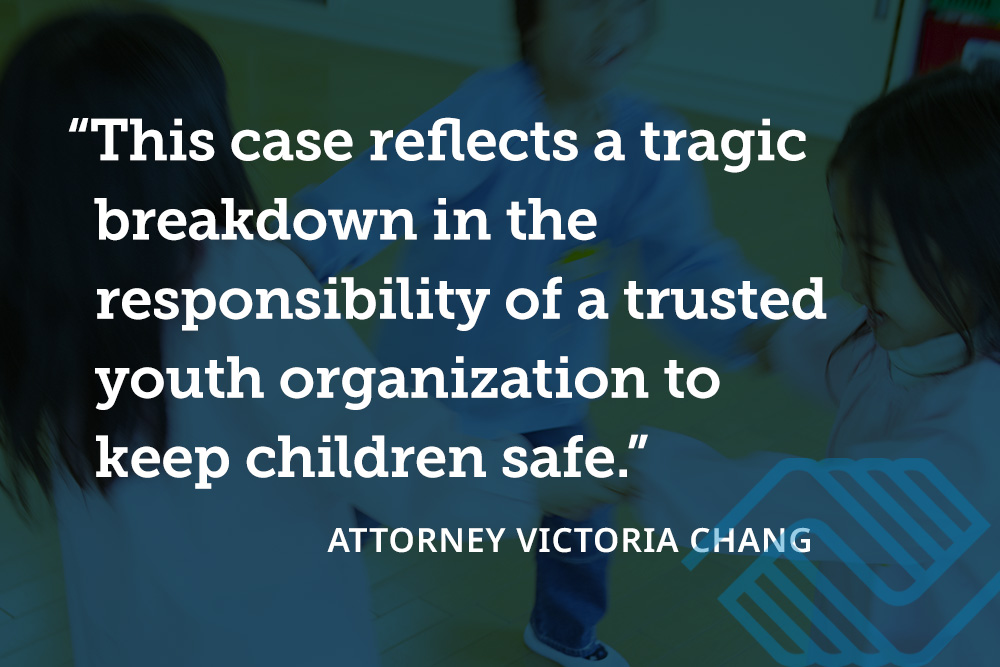
Cases of mesothelioma around the world have been increasing along with a rise in the global use of asbestos, despite an acknowledgment more than 40 years ago by the World Health Organization (WHO) and the International Agency for Research on Cancer (IARC) that all forms of asbestos are carcinogenic.
Asbestos exposure causes mesothelioma, a cancer of the tissue that lines the lungs, chest wall, and abdomen. Given that asbestos continues to be used globally in a variety of commercial products, it’s not surprising that mesothelioma cases and deaths associated with the disease have been rising too.
We can help.
A Global Rise in Mesothelioma Cases
Cases of mesothelioma and deaths associated with the disease have been increasing around the world, nearly doubling since 1991. A study of 21 regions comprising 195 countries and territories found that mesothelioma cases and deaths have continuously increased, especially in resource-limited regions. Overall, 34,615 new cases of mesothelioma and 29,909 deaths associated with mesothelioma were identified in 2017. In 1990, there were 21,224 cases and 17,406 deaths associated with the disease.
The Role of Asbestos in Rising Cases of Mesothelioma
Malignant mesothelioma was initially limited mostly to workers exposed to asbestos; however, non-occupational exposure to asbestos has grown. This is due to the ubiquitous presence of asbestos in everything from homes to thousands of commercial products. In a recent essay published in Lancet Oncology, researchers note that evidence shows that even a small amount of exposure to certain types of asbestos is linked to an increased risk of cancer.
Up until the 1970s, many types of building products and insulation materials used in homes in the U.S. contained asbestos. In the state of Hawai’i, most residential buildings contain some asbestos products. In addition, generations of Hawai‘i residents have been exposed to asbestos while serving in the military, in the maritime industry and in heavy industrial occupations.
Asbestos is also a contaminant of talc used in baby powder and cosmetic products. This was known to consumer product manufacturers as far back as the 1970s, but was covered up and not disclosed to the public. As a result, millions of Americans have been unknowingly exposed to a deadly carcinogen through their use of talc-based products.
Other Roadblocks to an Asbestos Ban
The Lancet Oncology study points to the role of the pro-asbestos lobby in the surging use of asbestos in developing countries. The authors note that “weak occupational and environmental regulations combined with dubious studies sponsored by the pro-asbestos lobby were used to promote chrysotile trade.”
The Dangers of Asbestos
Asbestos refers to a group of six types of minerals that occur naturally in the environment as bundles of fibers that can be separated into thin, durable threads for use in commercial and industrial applications. Because the fibers are resistant to heat, fire and chemicals and do not conduct electricity, asbestos has been widely used by manufacturers in a variety of products. Asbestos is present in 30 million homes and has been used in consumer products such as children’s toys and cosmetics.
Asbestos has been classified as a known human carcinogen by several bodies, including the U.S. Department of Health and Human Services (HHS), the U.S. Environmental Protection Agency (EPA), and the IARC. In addition to mesothelioma, asbestos exposure is linked to cancers of the lung, larynx, and ovaries. Asbestos exposure is associated with other health risks too.
How We Help Victims of Asbestos Exposure
Seek justice with the help of our experienced asbestos attorneys. For over 20 years, our asbestos law firm has represented individuals like you, affected by asbestos exposure, by aggressively fighting the corporate giants responsible for their dangerous products. If you or a loved one was exposed to asbestos or suffered from a disease caused by asbestos, like mesothelioma, we can help.






